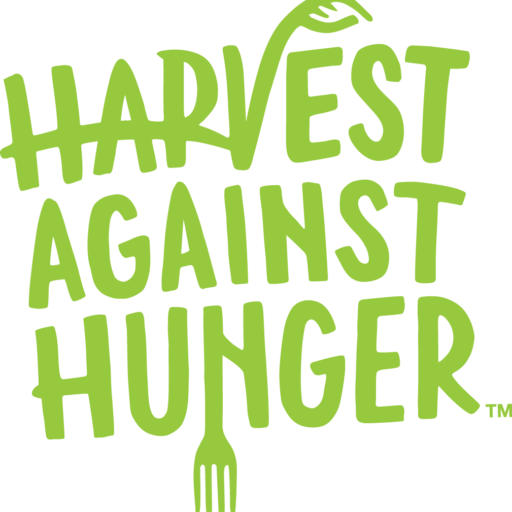How Can We Help?
Volunteer Outreach with Food for Others
A great way to recruit volunteers while at an established non-profit is to pull from the organization’s networks. Volunteers that are already dedicated to the organization may be looking for additional ways to help. These are people that are reliable and vetted over months/ years of service. Often, these volunteers can be tasked with leadership positions: for example, lead gleaner or lead gardener. These positions give the volunteer what they are looking for—more responsibility and ownership of a new undertaking—while also providing sustainability for the project.
Not all organizations have an established group that one can recruit volunteers from. This is where outside recruitment comes into play. Before one begins recruitment, one must start with a robust volunteer description. Be sure to include the WHO, WHAT, WHEN, WHERE, and WHY of the project in the description. For example:
Volunteers in good physical shape and with their own transportation are needed to dig for potatoes at Hollin Farms in Delaplane! Help harvest food that would otherwise go to waste, and transport it to Food for Others. Gleanings occur every Saturday from 11-3 at the farm.
Overall, when both creating a description and fielding questions from volunteers, it’s best to be genuine and transparent at all times. This way they can manage their expectations accordingly.
Once the volunteer description is complete, the AmeriCorps member must advertise it to the community. There are three basic ways to do so:
- Online. Advertise opportunities through social media, whether through one’s personal accounts or a company page. If someone in the offices manages the organization’s social media, work closely with them to create graphics and posts ahead of major volunteer opportunities. One may also join relevant Facebook groups and post about the opportunity there—for example, alumni groups, volunteer groups, or outdoor adventure groups may be interested. It’s also a good idea to post listings on sites such as Idealist, Volunteer Match, Nextdoor, LinkedIn, and local volunteer websites.
- Flyers/ posters. Flyering is a time-honored tradition that will never be replaced by social media. Create eye-catching flyers with graphics and large text so that potential volunteers will be intrigued rather than overwhelmed—always remember to include the volunteer coordinator’s email/ website at the bottom. Flyers may be posted in coffee shops, garden centers, government centers, or community boards, ALWAYS with prior approval. One should also always bring flyers to any tabling, networking, or community event one may be attending.
- Word of mouth: This is by far the most effective way to market volunteer opportunities. If the AmeriCorps member is able to make just one great connection with a new volunteer while tabling at a farmer’s market or a community event, it is worth more than a whole list of names that may be unresponsive after the event. Remember to think of everyone as a potential volunteer. Also, encourage established volunteers to bring their friends, coworkers, or families to gleaning events —they may become dedicated volunteers themselves if they have a great experience.
Individual volunteers are great to have, but groups of volunteers are important as well – especially for larger farm-gleaning events. Many companies use volunteer opportunities as a team-building exercise. This is a great way to get workers out of the office and outside. Many companies now even require their employees to put in a certain number of community service hours. Historically, working with local companies, groups and organizations has led to great success at farm gleanings; however, cancelations can be an issue, so verifying participation several days prior to the event is necessary.
After all is said and done, most volunteers just want to know that they are appreciated. Whether the gesture is as big as putting on an elegant dinner to honor them, or as small as checking in with them and asking how their granddaughter is doing, it’s important to let volunteers know they are valued. After all, a non-profit often cannot survive without them.


